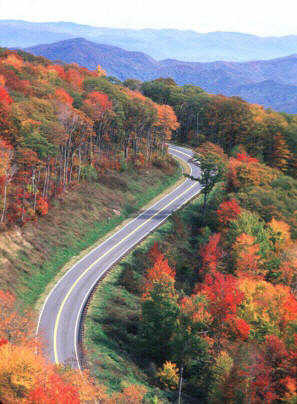
US. Pasture and Range Conditions. Click to enlarge image.
With the summer crop season winding down at a rapid pace, the agricultural weather focus is turning to winter wheat. In the hard red winter wheat belt of the Great Plains, wheat planting got off to a slow start due to extremely dry conditions. By September 9 , planting was behind the five-year average pace in all seven major production states on the Plains, according to USDA’s National Agricultural Statistics Service. Planting progress was more than five percentage points behind the average in Colorado (0% planted versus the average of 13%), Nebraska (8 vs. 16%), and South Dakota (8 vs. 14%). Ongoing drought across the nation’s mid-section is also reflected by current rangeland and pasture conditions. On September 9, nearly all (97%) of the rangeland and pastures were rated very poor to poor in Nebraska, along with 92% in Missouri, 89% in Kansas, 87% in Colorado, and 86% in New Mexico. Farther east, however, pastures have improved with recent rainfall. Most notably, pastures in Illinois were rated 59% very poor to poor on September 9, a significant improvement from 72% a week ago and 90% on August 26. Read more »

National Scenic Byways offer spectacular views of fall colors, such as Wiseman's View in Linville Gorge on Pisgah National Forest (US Forest Service file photo).
It’s that time of year again to be amazed by a brilliant display of nature—spectacular fall colors in your national forests. The color and beauty of something as simple as a leaf in autumn turns the landscape of many forests into a painter’s pallet of stunning hues of red, yellow and orange. And the U.S. Forest Service wants to help you find the best viewing spots.
Read more »

American Indian youth ricing. The Leech Lake Band of Ojibwe rely on water to preserve their culture, their agriculture and their overall quality of life
When Leech Lake Band of Ojibwe water resource professionals discovered that 60 percent of the Minnesota reservation’s septic systems were sub-standard or failing, they feared for the reservation’s health, indigenous rice fields, and fish populations.
Shirley Nordrum, a Leech Lake Extension educator with the University of Minnesota, responded with an extensive education program. She explains to homeowners how having the sanitation department pump their septic systems could protect their health and contribute to the safety of the environment and their community. She uses funds from U.S. Department of Agriculture’s (USDA) Federal Recognized Tribes Extension Program (FRTEP) to conduct this outreach effort. Her program has become a model for other communities. Read more »
Earlier today, I had the pleasure of congratulating 11 extraordinary individuals being recognized through the White House Champions of Change program for their work to tackle hunger in the United States and abroad.
The Champions recognized today are making improved access to healthy food a reality for millions of individuals in need. Innovative programs like the Community Food Advocates in New York City, Parents United for Healthy Schools/Padres Unidos para Escuelas Saludables in Chicago, and the Mandela Marketplace in Oakland, California are helping to empower families and communities and reducing the depth and severity of hunger in America. And the work of organizations like Thriive, Fort Valley State University College of Agriculture, Family Sciences and Technology, and Catholic Medical Mission Board are taking on the fight against hunger worldwide. Read more »
An apple for the teacher? Yes, and the cafeteria too.
Classic images of eager children handing perfect apples to their teacher abound. In the idealized imagery, the apples are often shiny, red, and round. And if you are angling for a good grade, or really like your teacher, the apples are big. But in New Hampshire it was “school boy” apples, the small ones 2 – 3 inches in diameter, which launched an impressive farm to school program.
The New Hampshire Farm to School Program (NHFTS) was established in 2003 as a pilot program funded by the USDA’s Sustainable Agriculture Research & Education (SARE) program to introduce local apples and cider into New Hampshire K-12 schools.
“We really saw the small apples as an entry point for our farm to school program. Not many supermarkets or other vendors are interested in the smaller fruit, but they are the perfect size for schools,” said Elisabeth Farrell, Sustainability Program Manager of the Sustainability Institute at the University of New Hampshire. Read more »



